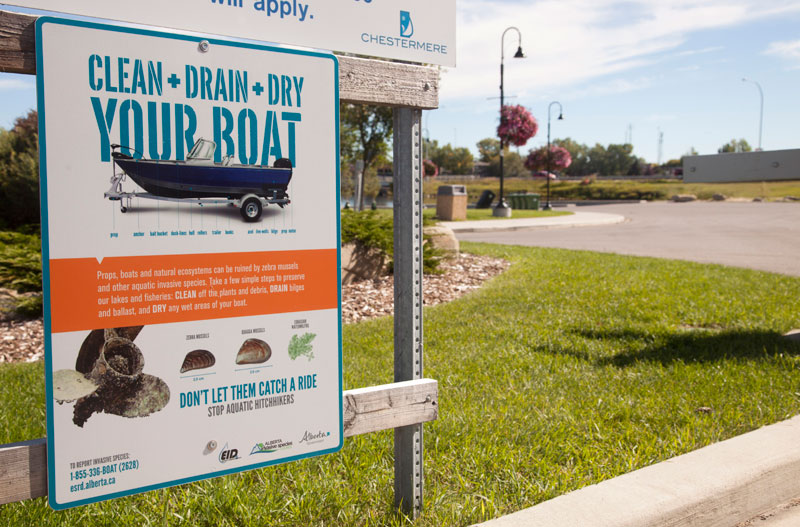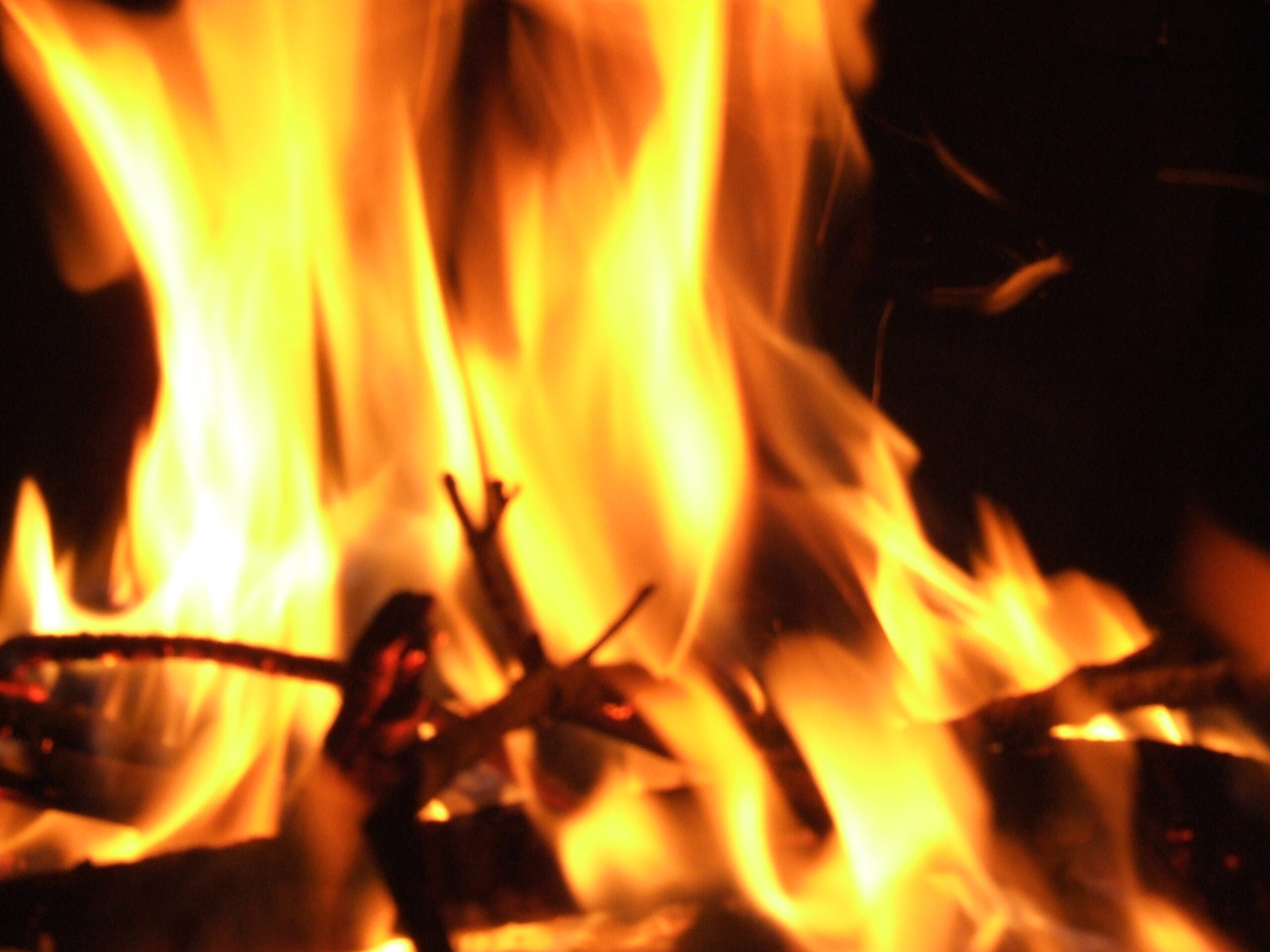
The discovery of Alberta’s first case of whirling disease in Johnson Lake in Banff could threaten fish in Chestermere if it spreads.
“If it gets in the Bow, it’s going to get into Chestermere it’s not an if it’s a when,” said Jay White, Principal and Senior Biologist with Aquality Environmental Consulting in Edmonton.
“If it gets out of Johnson Lake it’s going to get in the Bow system,” he said.
White said there is a high risk of this happening. The Western Irrigation District (WID), which runs the canals and the lake gets its water from the Bow River.
WID General Manager Erwin Braun said that they are very conscious of the threat posed by invasive species and disease getting into Chestermere Lake.
“It would end up going through our whole system,” said Braun.
Whirling disease won’t affect the primary role of providing irrigation water however Braun knows that the canals and lake are used by fishermen.
“In Southern Alberta irrigation reservoirs are a wonderful fishery for sports fishers,” Braun said.
Whirling disease is an infectious disease caused by a parasite that affects fin fish. In Alberta trout and char are affected said White. The parasite that gets into fish through tubifex worms which the fish eat.
The parasite affects juvenile fish. Symptoms of whirling disease include, skeletal deformities of the body and head, indentations in the head, the tail darkens or turns black and the fish will swim in a whirling pattern.
“It’ll kill the infected fry and fingerlings, probably 90 per cent will be killed,” he said.
The disease is spread by infected live or dead fish, infected worms, contaminated equipment, or contaminated water said White.
The disease does not affect people or other animals.
Whirling disease is potentially devastating to fish populations
“If you recreate in water I think it’s your duty and your responsibility to make sure that you’re not picking up an aquatic hitchhiker,” said White, “you could potentially devastate our fisheries which is millions of dollars of tourism dollars that come in.”
“In a way we’re kind of all affected,” he said,
The best way that fishers and boaters can prevent the spread is to properly clean, drain and dry all equipment.
Whirling disease is incredibly resilient and difficult to manage once it is in a body of water.
“The parasite spores are virtually indestructible,” said White.
Prevention is the best way to deal with the disease he said.







